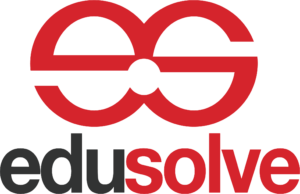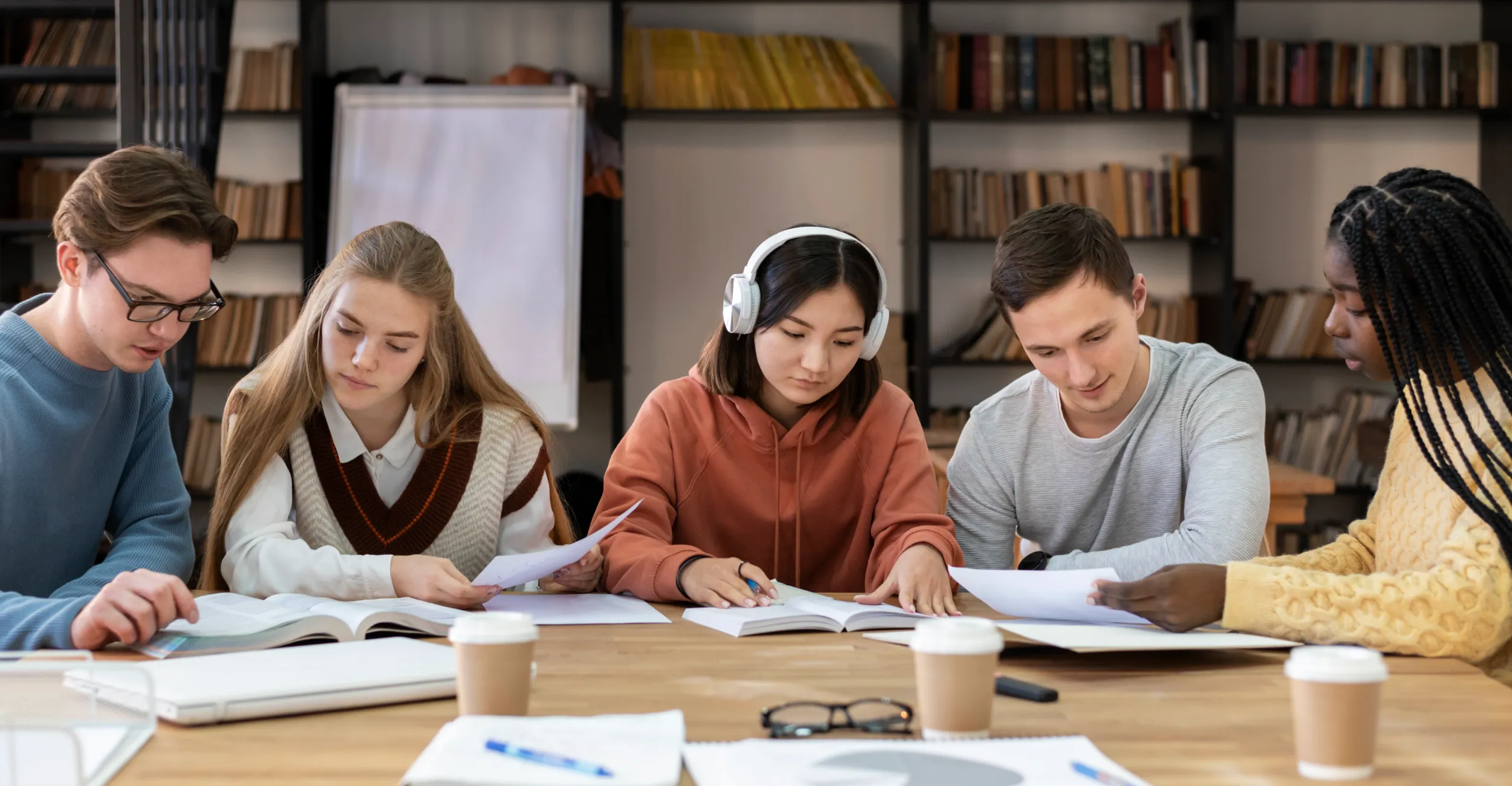The fall semester will soon be here and students will be buying … no, renting … no, just picking up their books from the bookstore. And some students won’t pick up any. Three trends have emerged over the past decade: renting books instead of buying them, having colleges pay for the rental or bypassing textbooks altogether and using open educational resources (OER).
In its quest to make college “more affordable”, many colleges have opted for no-cost textbooks (and they usually are printed books) for students. No-cost in the case applies only to the rental of the textbook for the semester; at the end of the semester, the books are returned and if they aren’t, the student receives a bill. Whether this helps to make college more affordable is debatable. What isn’t debatable is the hundreds of dollars needed to buy textbooks at the beginning of the semester.
College textbooks are expensive. Based on a 2020 review of 52 contracts at 31 institutions serving 700,000 students, “the rapidly increasing cost of textbooks has students now spending over $3 billion of financial aid dollars each year on course materials.” The average cost of textbooks for undergraduates and graduate students per academic year, along with increases in textbook and course materials from 2011 to 2023 AY, according to Melanie Hansen’s report for the The Education Data Initiative.
Of interest in the report is the agreement by college faculty that textbooks are too expensive for students. And this includes e-books, which are no longer the lower-cost alternative to printed and bound books.
What can be done, beyond free book-rentals, is something that college librarians have been advocating for years now: the use of open educational resources as an affordable alternative to pricey textbooks to increase accessibility and as an opportunity for faculty to customize their course textbooks. There are several regional consortiums in the US who have been working with The National Consortium for Open Educational Resources (NCOER) to increase the availability of open educational resources materials to colleges.
Through NCOER, a searchable library of materials by submit can be found here. Adopting textbooks is easy, though understanding the language of the Creative Commons Licensing is helpful, since some OER textbooks require attribution before modifications, and others don’t.
OER books also increase the exchange of ideas between scholars. An example is the WAC Clearinghouse, which has created a library of open-access textbooks for college-level writing courses. Over the past five years, the WAC Clearinghouse and its sponsoring institution, Colorado State University, have been offering many of their peer-reviewed, high-quality scholarship as free online texts. If readers want a hard copy, the printed version is available at a cost.
This kind of OER is part of the Open Education movement, which encompasses resources, tools and practices that are free of legal, financial and technical barriers and can be fully used, shared and adapted in the digital environment (SPARC).
I understand that some faculty departments require the assignment and use specific textbooks, some don’t. And then there are faculty like me whose preferences for the type and mode of textbook varies, depending on the course they teach. I’ve developed a preference for textbooks: printed text vs e-book from the college library vs. open educational resources vs. a series of PDFs (with citations, of course) depending on the course, the number of students and the course level.
Some courses I insist on a particular textbook because of its content and usability for students outside the college environment. Some courses, I’ll shortcut the bookstore entirely and provide links to the e-book at the library. Some courses I have to knit together excerpts from OER textbooks. Some courses, I use the OER that member of my department wrote, and some courses, I use the OER that member of my department wrote.
Fortunately, the library of resources across all subject areas in higher ed continues to grow, so that I can continue to use open educational resources for many more semesters.





